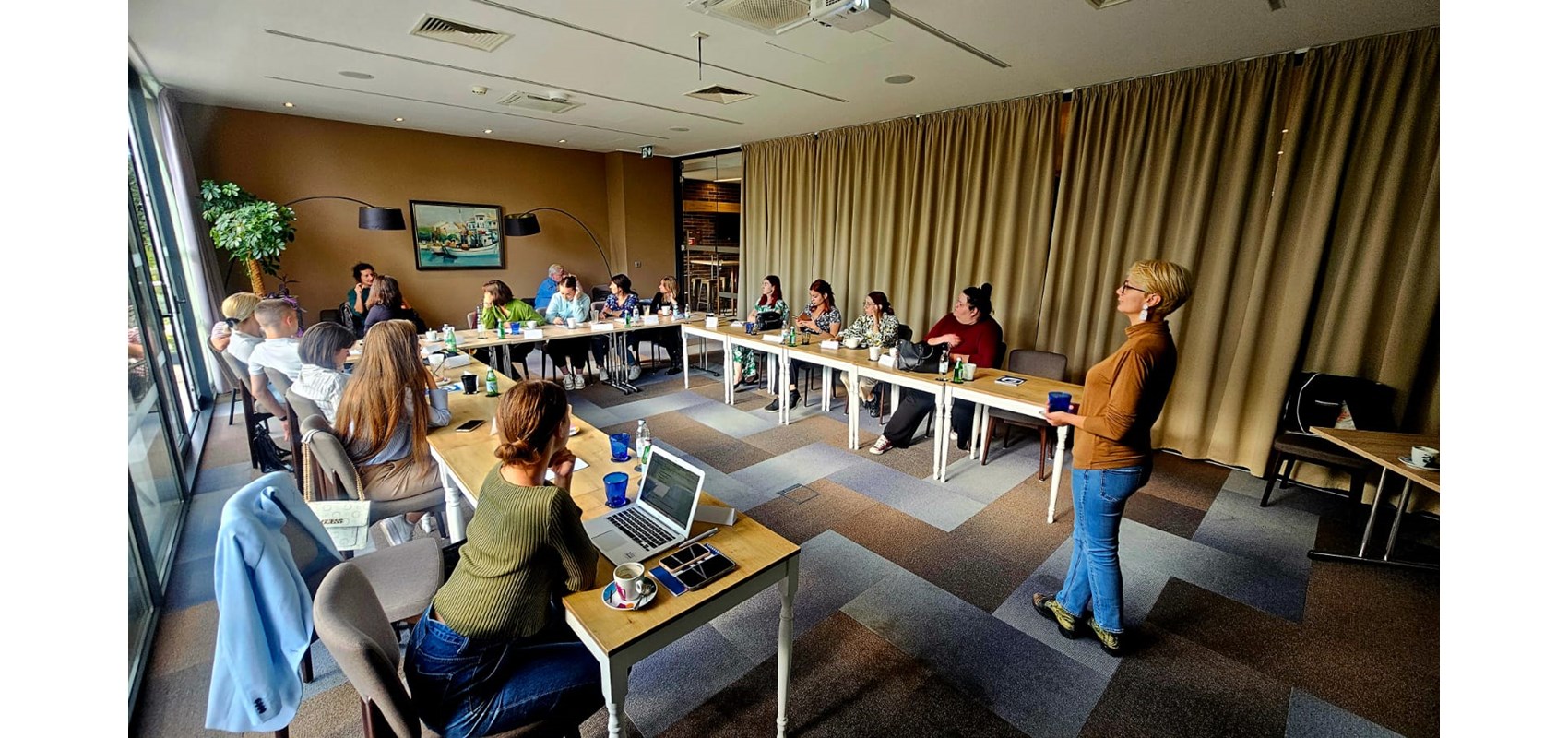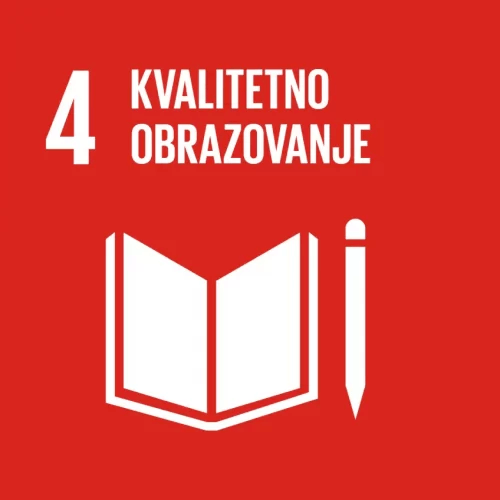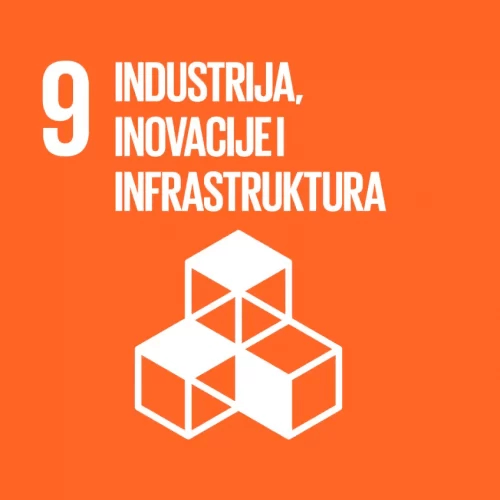Emanuela Šamija, a second-year student of Communication and Media Studies, participated in the Regional School of Quality Journalism held in Crikvenica from September 25 to 29. This regional school is a result of collaboration between the Center for Investigative Journalism of Serbia (CINS) and two portals - the Croatian portal Oštro and the Serbian portal Istinomer. The school is sponsored by the German Friedrich Naumann Foundation. Out of a large number of applicants, only 15 participants were selected, representing various levels of practical experience and academic backgrounds from Bosnia and Herzegovina, Serbia, and Croatia.
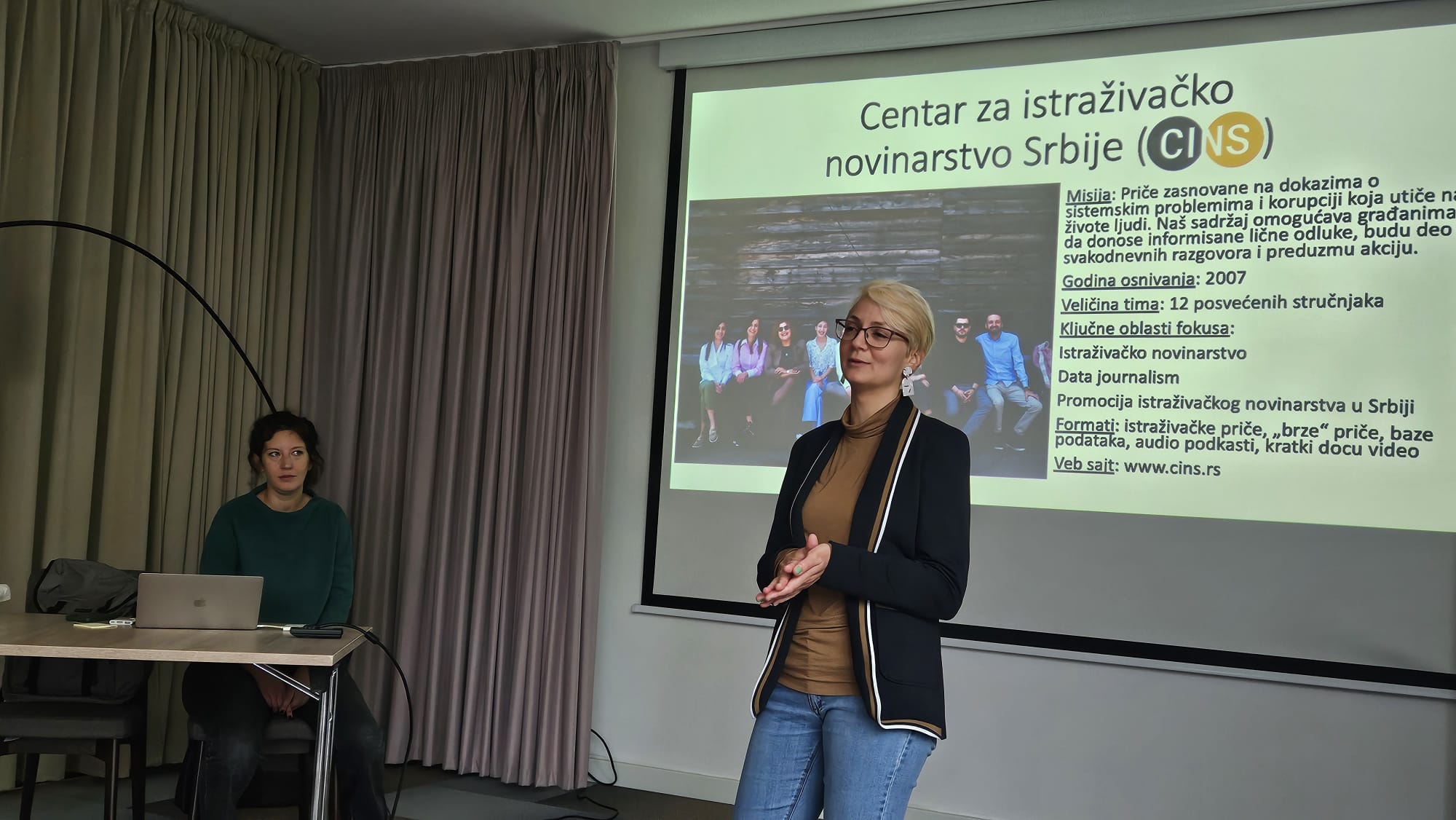
The program of this school was organized thematically, allowing each participant to find an area of their interest. After a brief introduction of the lecturers, participants, and the representative of the Friedrich Naumann Foundation, Dušan Dinić, a three-day series of lectures followed.
Milica Šarić, director of CINS, held lectures and exercises on topics such as “Proposing a story - what is needed for a quality story,” “Journalistic standards and ethical dilemmas,” and “Make sure you have a bulletproof story,” through which participants gained knowledge considered foundational for what is called quality journalism.
Milena Popović, editor-in-chief of the Serbian portal Istinomer, conducted lectures and exercises on “The mission of professional journalists in democratic societies,” “Accuracy and the importance of fact-checking,” and “The work of civil society organizations as an additional resource for journalism.” Participants learned what is expected of them as journalists, the importance of verifying information before publication, and the advantages and potential pitfalls when cooperating with civil society organizations.
Mašenjka Bačić, an investigative journalist from the portal Oštro, delivered lectures on “How to build a network of sources,” “Interviewing methods,” and “Cross-border cooperation,” teaching participants how to find and relate to sources, how to interview event actors, and the importance of international journalistic collaborations.
Finally, Teodora Ćurčić, a journalist from CINS, introduced participants to the technological aspects of journalism during her lectures titled “Working with big data,” “Illustrations in texts,” “Infographics and maps that attract audiences,” and “Foreign databases.”
As part of the program, participants engaged in practical exercises both individually and in groups, such as designing interview questions based on given information about a fictional person with a criminal record, acted by one of the lecturers in each group, providing insight into challenges journalists face daily. They analyzed the accuracy of assigned journalistic texts and worked with numerous interactive programs for creating graphics and infographics used on portals.
Additionally, practical work demonstrated the usefulness of Microsoft Excel in handling large datasets. Participants also learned about the possibility of giving commands to AI (artificial intelligence) to perform Excel tasks with large amounts of data on their behalf.
However, it wasn’t all work; there was also time for socializing and enjoying the beauty of Crikvenica.
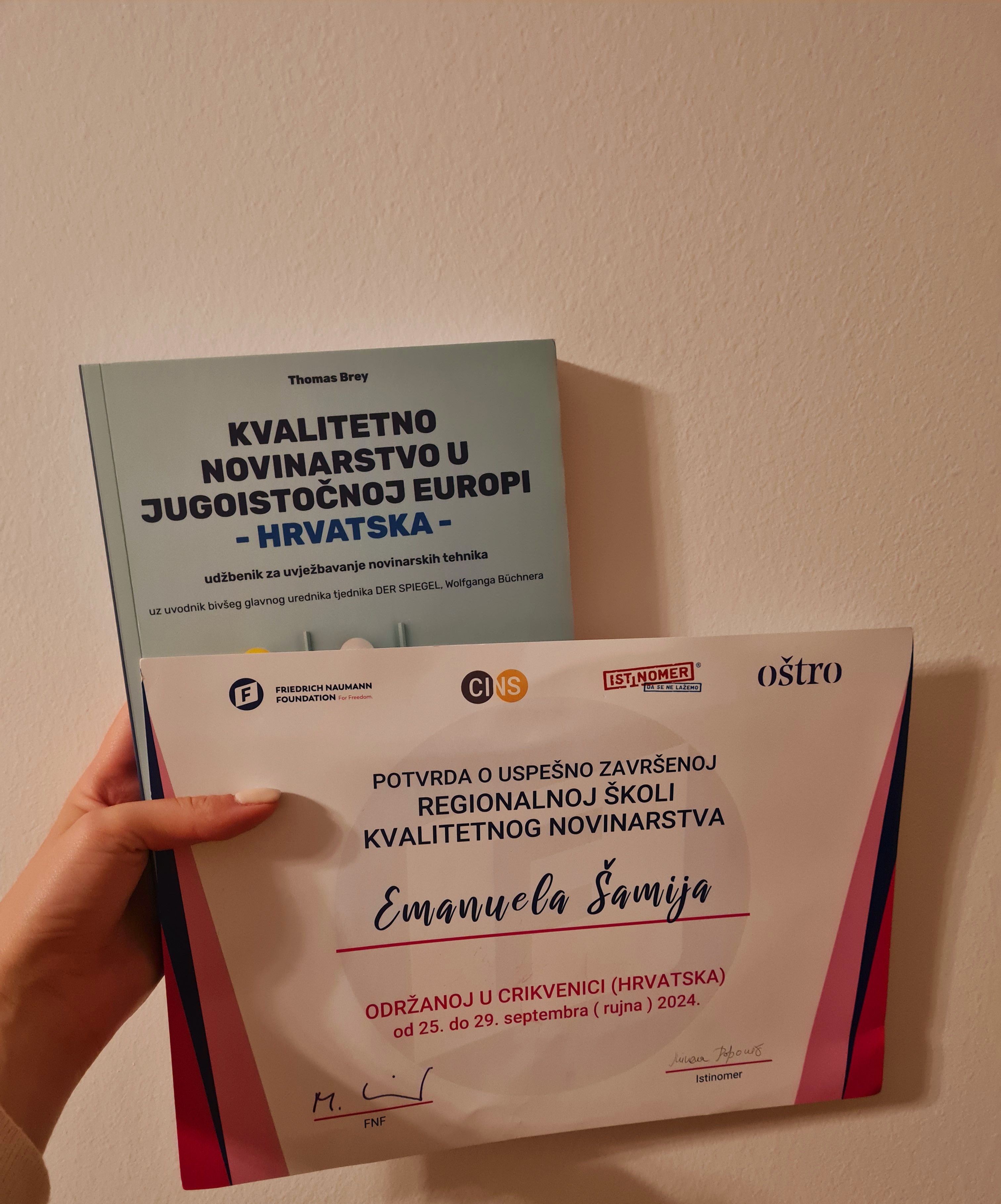
At the conclusion of this school, each participant received a certificate of participation and the book “Quality Journalism in Southeast Europe - Croatia” by Thomas Brey. Besides gaining valuable new knowledge and skills, the participants acquired something equally precious — they exchanged experiences about studying and working in their professions in their home countries, thereby connecting and making friendships, and potentially laying the foundations for future collaborations
Emanuela Šamija


